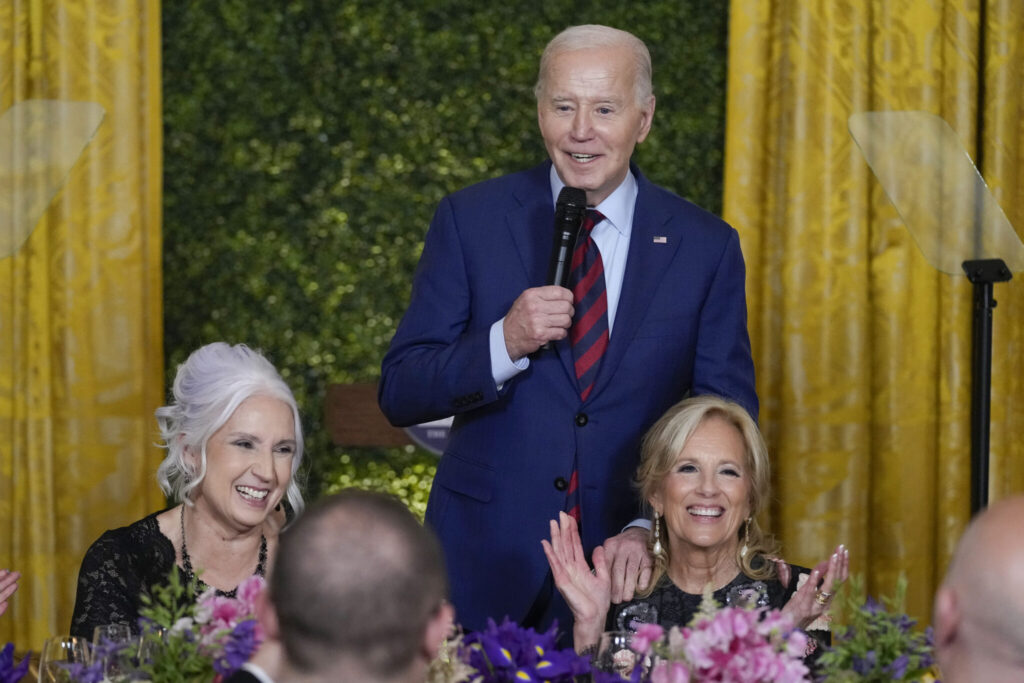The nation’s employers pulled back on their hiring in April, adding a modest 175,000 jobs in a sign that persistently high interest rates may be starting to take a bigger toll on the world’s largest economy. Friday’s government report showed that last month’s hiring gain was down sharply from the blockbuster increase of 315,000 in March. And it was well below the 233,000 gain that economists had predicted for April, suggesting that the Federal Reserve’s aggressive streak of rate hikes may finally be cooling the pace of hiring.
Quick Read
- Hiring Slowdown: U.S. employers added 175,000 jobs in April, marking a significant decrease from March’s 315,000 jobs, suggesting that high interest rates are beginning to impact the economy.
- Unemployment Rate: The unemployment rate slightly increased to 3.9%, maintaining a level below 4% for the 27th consecutive month, the longest streak since the 1960s.
- Economic Concerns: Despite a strong job market, public frustration remains high due to persistent inflation, affecting perceptions of President Joe Biden’s economic management.
- Federal Reserve Actions: The Federal Reserve has raised interest rates 11 times from March 2022 to July 2023 to combat inflation, with the rates reaching their highest since 2001.
- Inflation Trends: Inflation has gradually decreased from a peak of 9.1% year-over-year in June 2022 to 3.5% in March, yet remains above the Fed’s 2% target, delaying potential rate cuts.
- Job Market Resilience: Despite a slowdown, the job market continues to be robust, supported by steady consumer spending, with job openings in March dropping to the lowest in over three years yet still high by historical standards.
The Associated Press has the story:
US employers scaled back hiring in April but still added a modest 175K jobs
Newslooks- WASHINGTON (AP) —
The nation’s employers pulled back on their hiring in April, adding a modest 175,000 jobs in a sign that persistently high interest rates may be starting to take a bigger toll on the world’s largest economy.
Friday’s government report showed that last month’s hiring gain was down sharply from the blockbuster increase of 315,000 in March. And it was well below the 233,000 gain that economists had predicted for April, suggesting that the Federal Reserve’s aggressive streak of rate hikes may finally be cooling the pace of hiring.

Even with the slowdown, last month’s job growth amounted to a decent increase, though it was the lowest monthly job growth since October. With the nation’s households continuing their steady spending, many employers have had to keep hiring to meet their customer demand.
The unemployment rate ticked up 3.9% — the 27th straight month in which it has remained below 4%, the longest such streak since the 1960s.
The state of the economy is weighing on voters’ minds as the November presidential campaign intensifies. Despite the strength of the job market, Americans remain generally exasperated by high prices, and many of them assign blame to President Joe Biden.

America’s job market has repeatedly proved more robust than almost anyone had predicted. When the Fed began aggressively raising rates two years ago to fight a punishing inflation surge, most economists expected the resulting jump in borrowing costs to cause a recession and drive unemployment to painfully high levels.
The Fed raised its benchmark rate 11 times from March 2022 to July 2023, taking it to the highest level since 2001. Inflation did steadily cool as it was supposed to — from a year-over-year peak of 9.1% in June 2022 to 3.5% in March.
Yet the resilient strength of the job market and the overall economy, fueled by steady consumer spending, has kept inflation persistently above the Fed’s 2% target. As a result, the central bank is delaying any consideration of interest rate cuts until it gains more confidence that inflation is steadily slowing toward its target.

Fed rate cuts, which would, over time, reduce the cost of mortgages, auto loans and other consumer and business borrowing. Most economists envision no rate cuts before fall at the earliest.
The job market has been showing some signs of eventually slowing. This week, for example, the government reported that job openings fell in March to 8.5 million, the fewest in more than three years. Still, that is nevertheless a large number of vacancies: Before 2021, monthly job openings had never topped 8 million, a threshold they have now exceeded every month since March 2021.
On a month-over-month basis, consumer inflation hasn’t declined since October. The 3.5% year-over-year inflation rate for March was still running well above the Fed’s 2% target.







